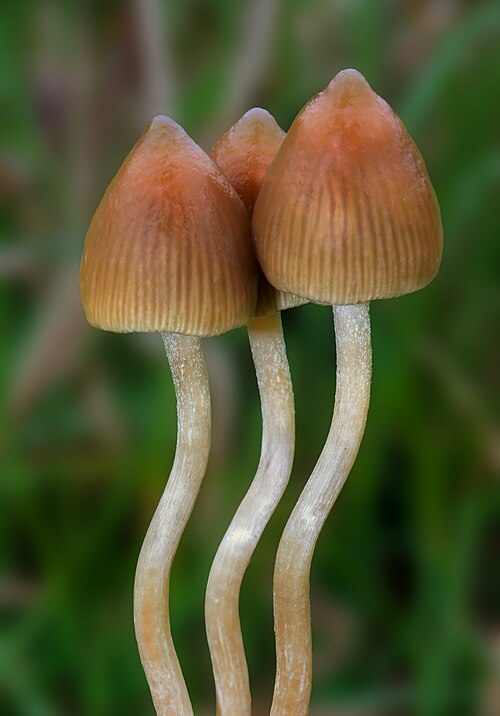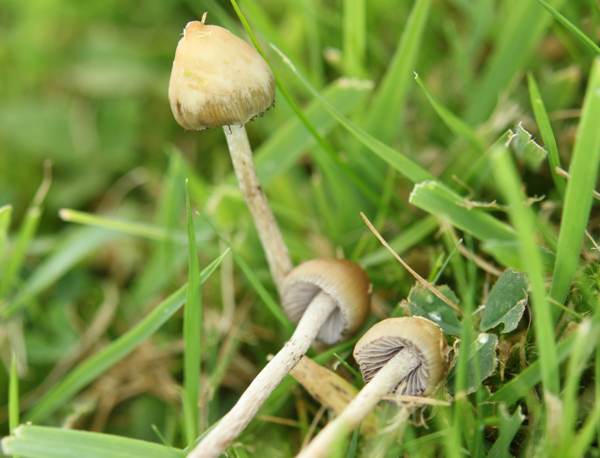Psilocybe Semilanceata (Liberty Cap): History, Identification, and Potency

Psilocybe Semilanceata (Liberty Cap): History, Identification, and Potency
Psilocybe semilanceata, more commonly known as the liberty cap, is one of the world’s most famous psilocybin mushrooms. Renowned for its psychoactive compounds — psilocybin, psilocin, and baeocystin — it is both one of the most potent and one of the most widely distributed magic mushrooms in the natural world.
At Packboy Store, we believe in providing reliable information about mushrooms, wellness, and culture. Whether you’re exploring their history, biology, or cultural significance, it’s essential to understand both their scientific background and the legal realities surrounding them.
Taxonomy and Naming
The liberty cap was first described by Elias Magnus Fries in 1838 as Agaricus semilanceatus, before being reclassified into the genus Psilocybe in 1871 by Paul Kummer. Over the years, it has been confused with several similar fungi, but today it is firmly recognized as the type species of the Psilocybe genus after taxonomical debates settled in 2009.
The mushroom gets its common name from the Phrygian cap — a symbol of freedom and revolution worn in ancient times. The resemblance is clear: a small, pointed, conical cap with a distinctive nipple-like protrusion.
Identification: How to Recognize Liberty Caps
Identifying Psilocybe semilanceata in the wild requires careful attention to detail. The mushrooms are:
- Cap: Conical to bell-shaped, 5–25 mm wide, usually with a nipple-like papilla. When moist, it is yellow-brown with grooves; when dry, it fades to pale cream.
- Gills: Adnexed (narrowly attached), starting cream-colored but turning dark purple-brown as spores mature.
- Stem (stipe): Long, thin, 4.5–14 cm in length, pale yellow-brown, sometimes with a bluish tinge when bruised.
- Spores: Dark purplish-brown, ellipsoid, 10.5–15 by 6.5–8.5 μm.
- Odor & Taste: Farinaceous, like freshly ground flour.
Like other psilocybin mushrooms, liberty caps bruise blue when handled, a key indicator of their psychoactive compounds.

Ecology and Habitat
Unlike Psilocybe cubensis, which grows directly on dung, liberty caps thrive in grassland habitats. They feed saprobically on decaying grass roots, often in moist pastures, lawns, and meadows.
They are widely distributed across Europe, North America, and temperate regions worldwide, including New Zealand, Chile, and Australia (though possibly introduced there). In Europe, they are especially common in the UK, Ireland, Scandinavia, and Germany.
For more distribution data, you can explore studies compiled by MycoBank and other scientific sources.
History of Use
The earliest recorded case of liberty cap intoxication dates back to 1799 in London, when a family accidentally consumed the mushrooms from Green Park. They experienced dilated pupils, uncontrollable laughter, and delirium — classic psilocybin effects.
In the 1960s, Swiss chemist Albert Hofmann, famous for synthesizing LSD, confirmed that liberty caps contained psilocybin. This discovery marked them as the first European mushroom species known to contain the psychedelic compound.
Potency and Psychoactive Properties
Liberty caps are considered moderately to extremely potent. Studies have measured their psilocybin content between 0.2% to 2.37% of dry weight, making them more powerful than many other psilocybin mushrooms despite their small size.
Reported effects include:
- Visual distortions of color and depth
- Hallucinations and altered perception
- Heightened emotions and laughter
- Physical side effects such as pupil dilation, increased heart rate, and reflex sensitivity
While often compared to LSD, the experience is typically described as milder and shorter-lasting.

Dangers and Misidentification
With their small size and subtle appearance, liberty caps can be easily confused with toxic lookalikes. Dangerous species include:
- Inocybe geophylla — poisonous, muscarine-containing mushroom
- Cortinarius rubellus — deadly, causes kidney failure
- Psathyrella species — non-psychoactive but easily mistaken
Foragers should never consume wild mushrooms without expert guidance, as misidentification can be fatal.
Legal Status
The possession, sale, and cultivation of psilocybin mushrooms, including liberty caps, is illegal in many countries. Some nations classify psilocybin as a Schedule I controlled substance, while others allow for limited scientific or medical research. Always research local laws before any involvement.
Final Thoughts
Psilocybe semilanceata — the liberty cap — stands as one of the most iconic and studied magic mushrooms. With a rich history, global distribution, and undeniable potency, it holds a central place in psychedelic culture, science, and law.
At Packboy Store, we aim to provide balanced insights into mushrooms, health, and culture. Whether you’re curious about their history, taxonomy, or effects, knowledge is the first step toward responsible understanding.

